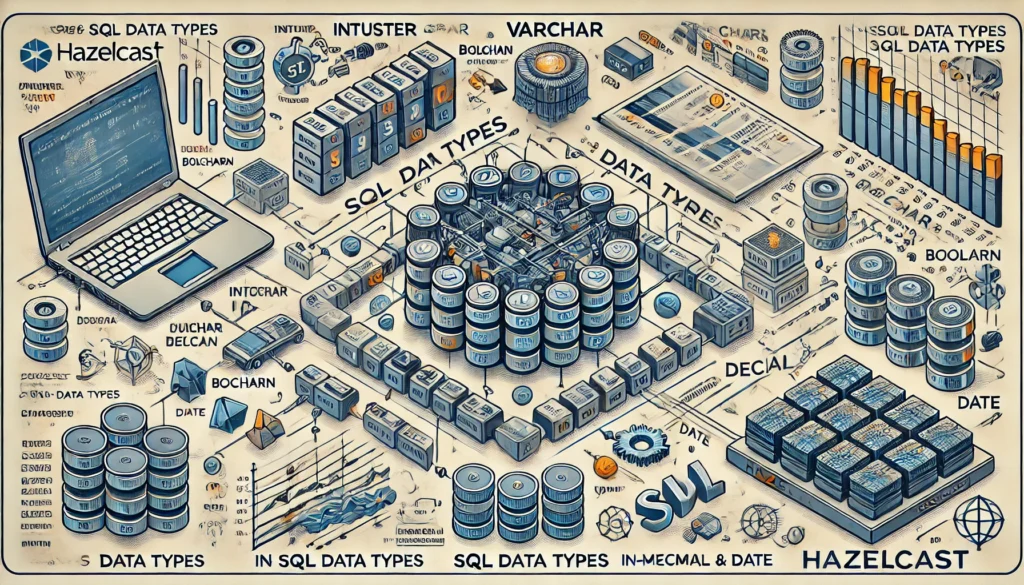Understanding Hazelcast Distributed Data Structures
Overview Hazelcast, a powerful in-memory data grid, offers a robust platform for distributed computing, scaling across clusters, and managing large datasets in real-time. One of Hazelcast’s core strengths is its distributed data structures, which allow developers to scale their applications while maintaining performance, resilience, and availability. In this article, we explore the most important Hazelcast […]



